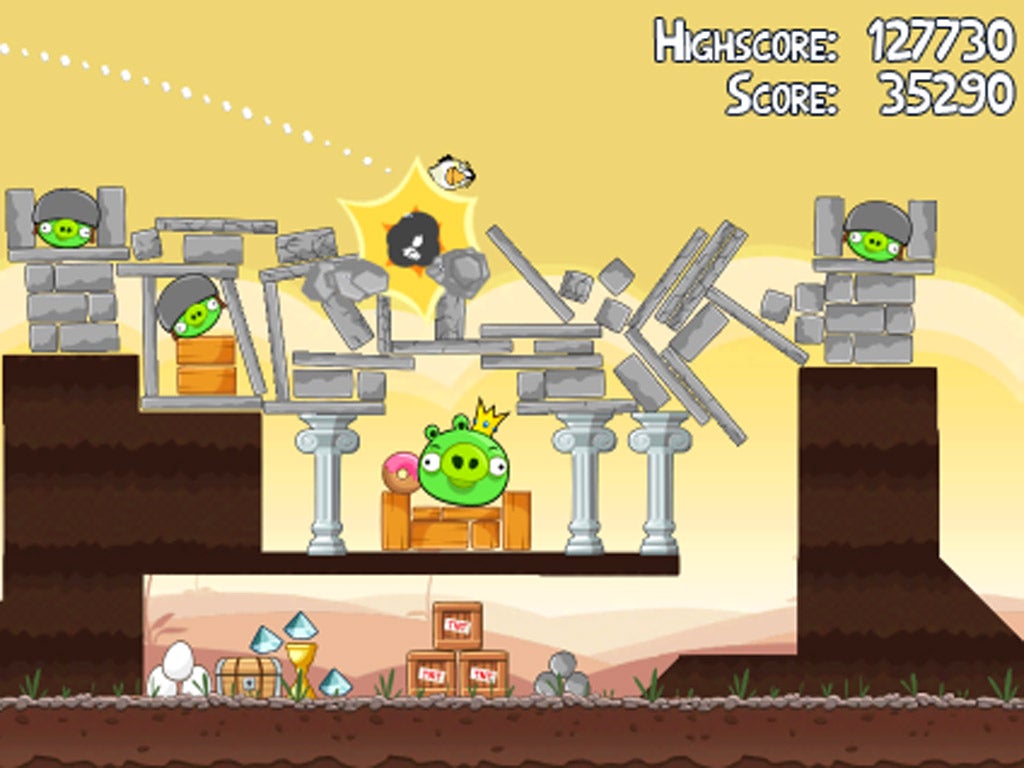Margaret Robertson: Games are not made addictive – some people just can't say no
If you try to make a game addictive, gamers will see through you quite quickly

We tend to talk about smartphone games being addictive, which is a loaded word that covers a complicated variety of gaming experiences.
Words With Friends is fundamentally social Scrabble. It's not necessarily time-consuming, demanding or visually absorbing, but it's a chance to really get one over on your friend, and be in touch with a lot of people. Other games are trance-like and almost therapeutic. They can be meditative and soothing. After a hectic day of work you can sink into a game more than you perhaps mean to.
The opposite type of games can also be addictive – games about jeopardy and time pressure like Mushi Himesama, a 2D shooter which was originally an arcade game and is now on iPhone. It requires incredible precision and you cannot be thinking of anything else while you play it.
For most designers, it's not a primary objective to make a game addictive and the surest way to fail to make a game rewarding and compelling is to set out to make it so. Gamers see through that quite quickly. What we try to produce are atisfying gaming experiences, which seems a noble thing – but if you get it right, you can produce something that people will find it hard to walk away from. Alec Baldwin didn't sound very repentant about his commitment to Words with Friends and I'm sure many other gamers know how he feels!
Margaret Robertson is Development Director of Hide&Seek game design studio

Join our commenting forum
Join thought-provoking conversations, follow other Independent readers and see their replies